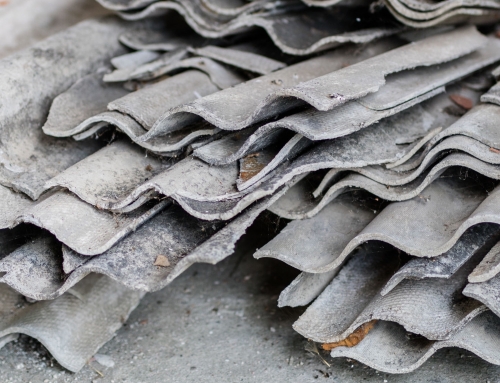Most asbestos cases we hear about on the news and media are that of older men. Many cases of asbestos-related illnesses are from working in mines, military, construction, railways, and other blue-collar jobs. Most men who have asbestos-related illnesses are generally older, way past retirement. However, we are now seeing a new wave of people being diagnosed with asbestos-related illnesses. How is this possible if asbestos was banned in construction materials?
Unfortunately, asbestos is not fully banned. The United States still allows small amounts to be in certain types of materials. We are beginning to see newer cases of younger adults having asbestos-related illnesses. Men and women in their 30s and 40s are showing symptoms of asbestos-related illnesses. Many were exposed to their jobs are through second-hand exposure. With younger people being exposed and diagnosed, we are going to start seeing even younger people with illnesses stemming from asbestos exposure.
Asbestos-containing materials are in schools, places of businesses, and even our own homes. It is no surprise that we will begin to see children and young adults with asbestos-related illnesses. With asbestos not being banned, there is no way to ensure it is not on properties. While we have regulations and laws to protect us from asbestos exposure, it isn’t enough. People are still being exposed, even in the safety of their own homes. We see newer homes that have trace amounts of asbestos. It was generally a rule; if your home was built after the 1980s, it was safe from asbestos.
This is no longer the case, as newer homes are still showing positive for asbestos fibers.
We also see asbestos in many different industries throughout the United States. There are regulations to protect workers, but there is always a chance that exposure will happen. Until asbestos is banned fully, there will always be cases of asbestos-related illnesses.







Leave A Comment